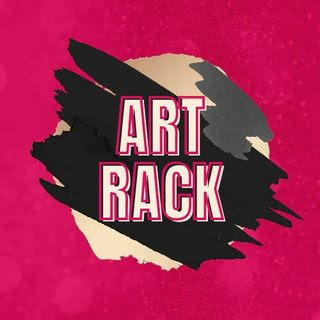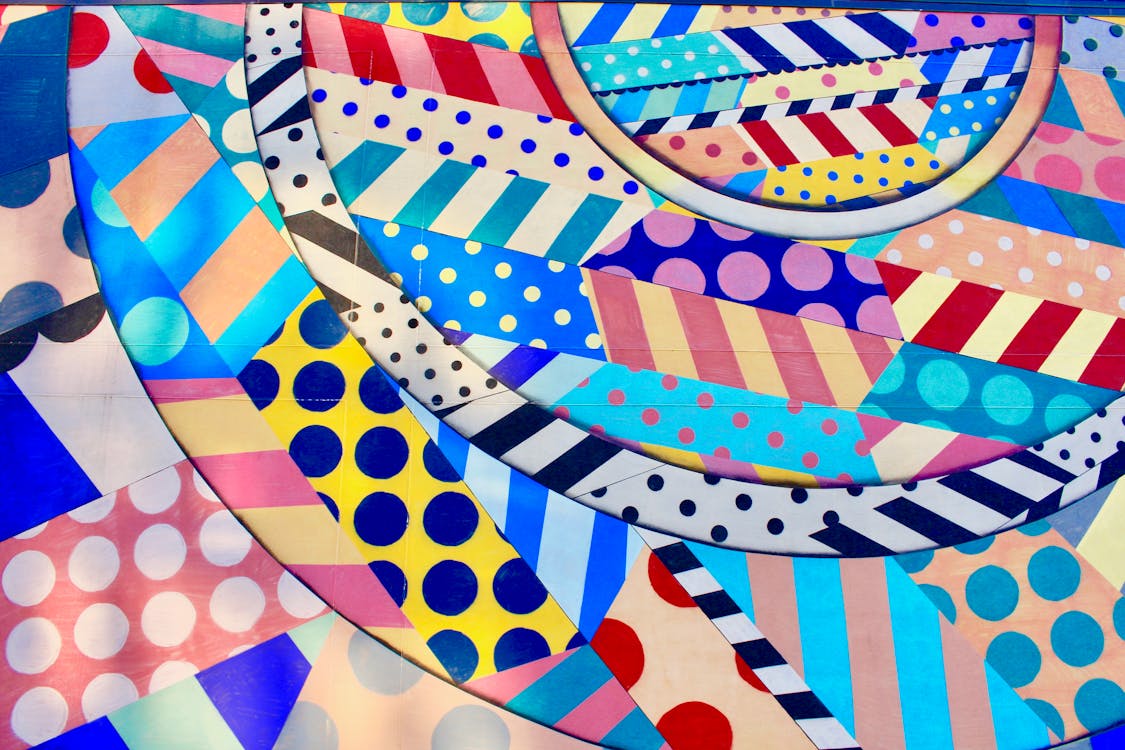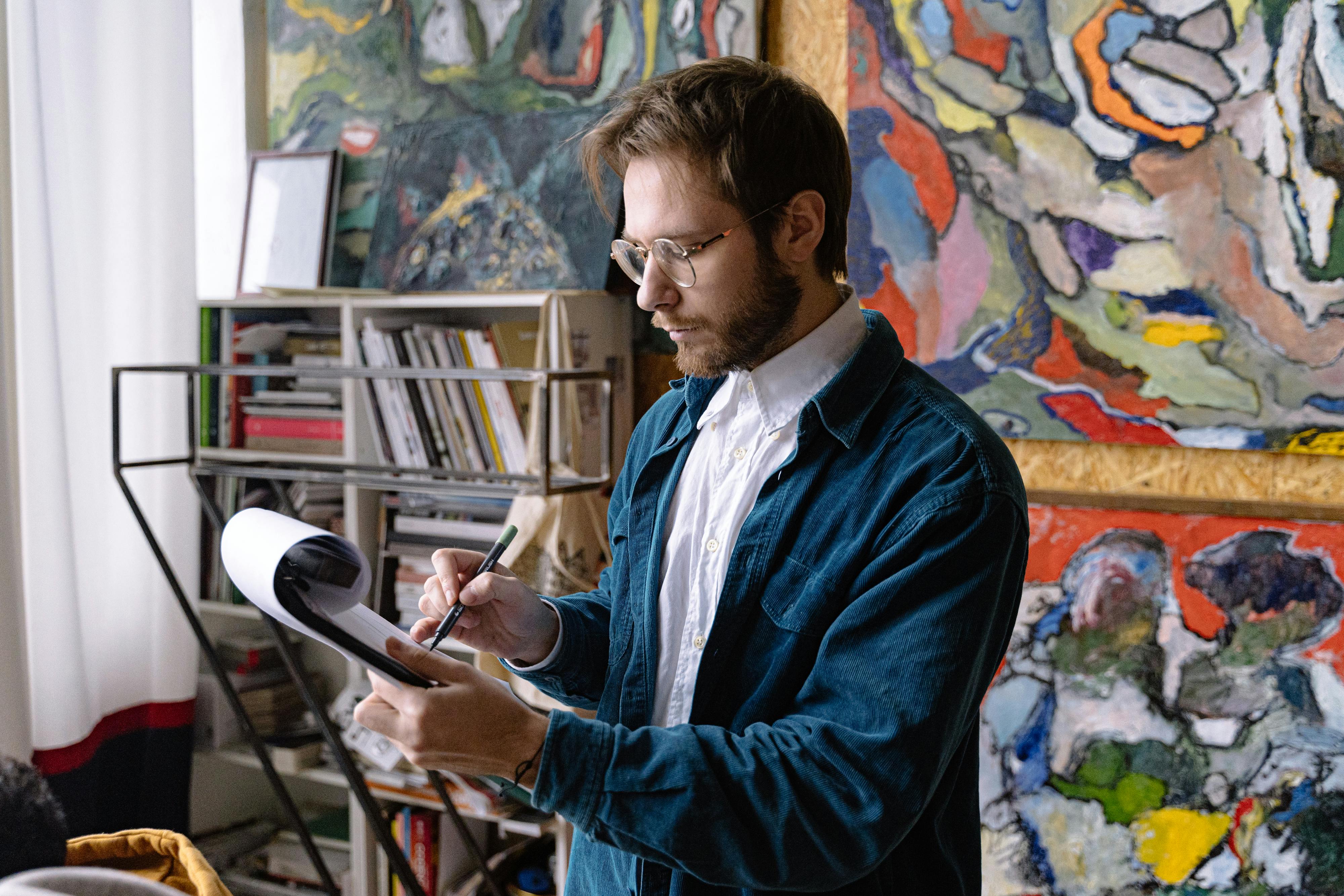There is a general stereotype that it is almost impossible to make good money as an artist. Not at least while you are alive. That may have been the case in the days of Vincent van Gogh and Johannes Vermeer. But in today's vibrant digital age, that's definitely not the case when it's practical to build a solid follower (and customer!) Foundation.
So if you're a creative person, congratulations! You can turn your talent into a lucrative profession that brings you both fame and money. Let's start with these 7 active and passive income ideas for artists.
1. Selling art on Instagram
Instagram has become the number one social media platform for artists and art lovers. This is great news for creative beginners, as you don't have to climb the social ladder and wait for famous critics to call a shot. Instead, you can connect with buyers around the world who are willing to pay for your work.
There’s a catch, though.
It all depends on how many fervent fans you have; the more well-known your Instagram account is, the higher the demand for your artwork will be. Thus, if you think you can increase your following, start there.
these are 7 tips to grow on instagram
Pros:
Selling on Instagram allows you to accomplish two goals at once: you can showcase and market your work while directing potential customers into your sales funnel.
Cons:
It's likely that you won't start making a lot of money right immediately, especially if you still have a small number of followers.
2. Selling other merch with your art
A print-on-demand or drop-ship service is the simplest way to get your artwork printed on an actual item. Printing, packing, branding, and client delivery of personalised products are all handled by this kind of service. The well-known print-on-demand services are Printful, Zazzle, and Society6.
Some merchandise you can sell with your art on it:
Pros:
Cons:
3. Selling vector art
Selling vector designs can be one of the best ways to make money as an artist while still unlocking your creative potential.
Pros:
An convenient and short manner to make your virtual paintings to be had for sale.
By providing one of a kind designs and importing new merchandise regularly, you could generate a consistent passive earnings stream.
Cons:
Selling digital products is not enough. You still need to do marketing for them to get sales.
4. Teaching art online or offline
If you are an active and open-minded artist type, finding a student shouldn't be a problem. But first you need to find out which type of education is right for you.
realtime teaching
If you look closely, you can see that the neighborhood offers the opportunity to make money from art. It's even more useful if you have attractive niches such as astrophotography, calligraphy, and street snaps.
Some ideas on how you can contribute to the social life of your community while gaining experience and earning money:
Teaching online
Teaching an online course can be a better option to reach a larger audience. However, teaching more than one person at a time is much more difficult online than face-to-face.
Another option is to turn your tuition into a passive form of income. You need to prepare once, and you can earn income for months or even years.
Some ways how you can become an online art tutor:
Pros:
Cons:
5. Applying for grants and competitions
Many international programs, local communities, or nonprofits provide grants to artists. These are aimed at supporting young artists, promoting culture, or addressing specific issues. You may also need a real work of art for a local agency to decorate a new building or add a nice touch to your event.
How to apply to these programs?
Try simple online searches like 'artist grants' or 'art competitions'. You can add a country, state, or city to narrow your search. Chances are you'll find at least some contests and programs to enter and win cash and other prizes. You will also have the opportunity to exhibit your work.
Also, be sure to follow the news on social media and your artistic or professional circles, like the university, artist association, or NGO.
Pros:
Cons:
6. Earning passive income by selling wall art
Painters, illustrators, designers, graphic artists, and even sculptors can make money by selling high-quality prints and copies of their work.
There are two ways how you can turn your art into high-quality posters:
Some ideas on how to sell wall art:
Pros:
Cons:
7. Seeking commissions for original work
Commissions are a popular strategy used by many aspiring artists and illustrators to make money both online and offline.
The best place to get started is to showcase your work on social media. Remember to mention in your biography that you will accept fees for portraits, artistic photography, and other forms of art.
If you're lucky, the first customer will spread the word and the second customer will contact you.
Alternatively, these online platforms bring together artists and people who want to request portraits and other works of art.
Start by finding people with the same skill level as you and see what they charge. Alternatively, take the average hourly wage, multiply by the approximate number of hours it takes to complete the task, and add the price of the material used.
Keep in mind that original works tend to sell much better than prints. Therefore, use this as a discussion when explaining the price to your customers.









0 Comments